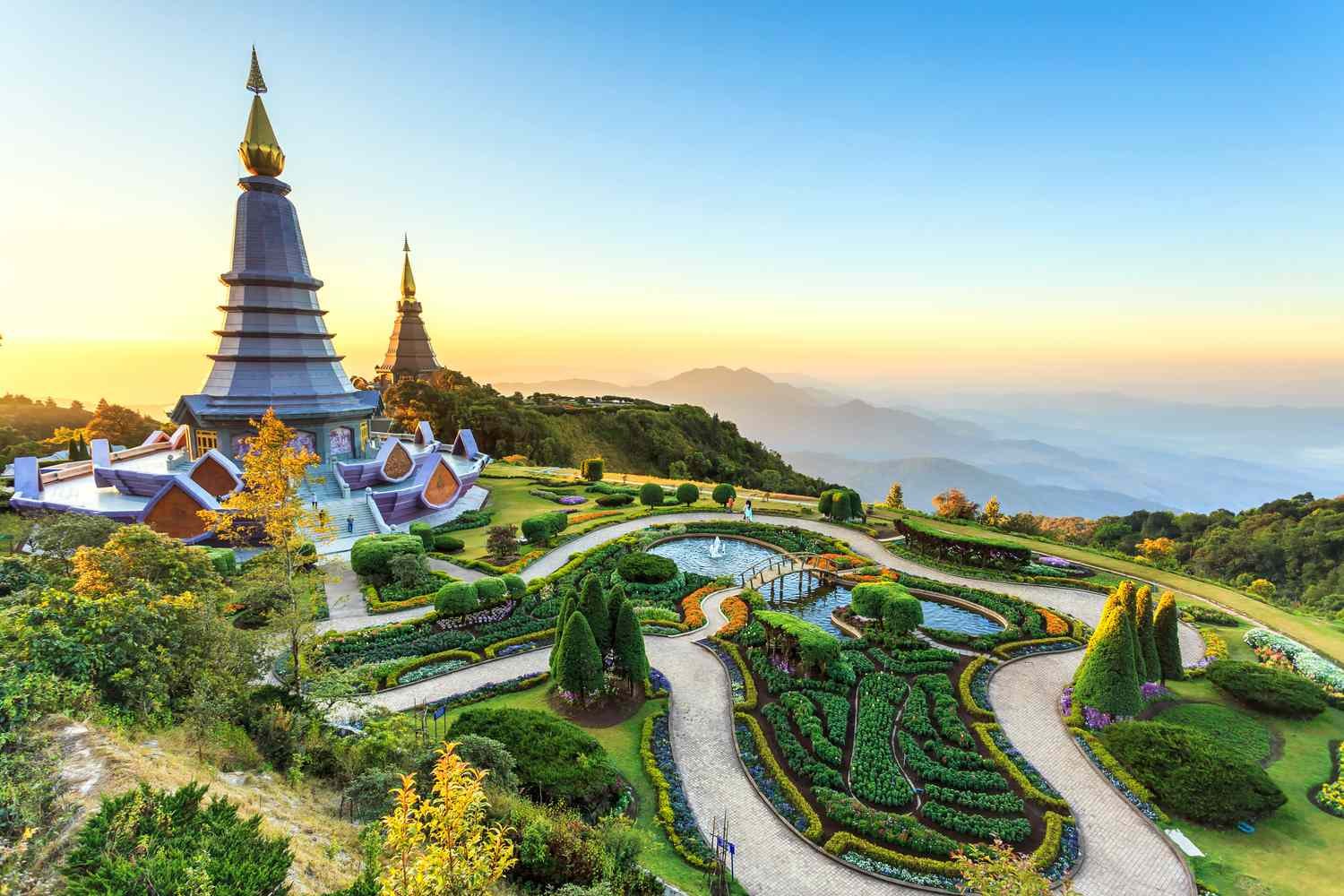Bangkok remains the centre of all retailing in the country, but many regional cities, such as Khorat and Khon Kaen in the northeast, Chiang Mai in the north, and Hat Yai in the south, have become significant subcentres. In those cities, as in many other towns throughout the country, large stores and shopping malls charging fixed prices have been established alongside the smaller shops and traditional markets where bargaining still takes place.
Thailand has been one of the most popular tourist destinations in Southeast Asia since the 1960s. The government actively began to promote tourism in the early 1980s, and tourism subsequently became the country’s single largest source of foreign exchange and an important counterbalance to the country’s frequent annual trade deficits. The number of tourists visiting the country each year almost tripled between the early 1960s and the early 21st century, helping to make the service sector more significant than manufacturing as a source of employment. Part of this activity was the result of a highly visible (though illegal) sex trade during those decades. However, by the end of the 20th century the increasing number of AIDS cases in Thailand and other factors had caused the trade to decline.
Thailand places great emphasis on providing quality service at its leading hotels and restaurants, which has helped to attract many foreign visitors. The most popular tourist destinations outside of Bangkok are the beach resorts of Pattaya, Phuket, and Koh Samui and the historical cities of Sukhotai, Ayutthaya, and Chiang Mai. Resort areas such as Phuket and Kho Lak were heavily damaged by the December 2004 Indian Ocean tsunami, but they recovered quickly.


Comment (0)